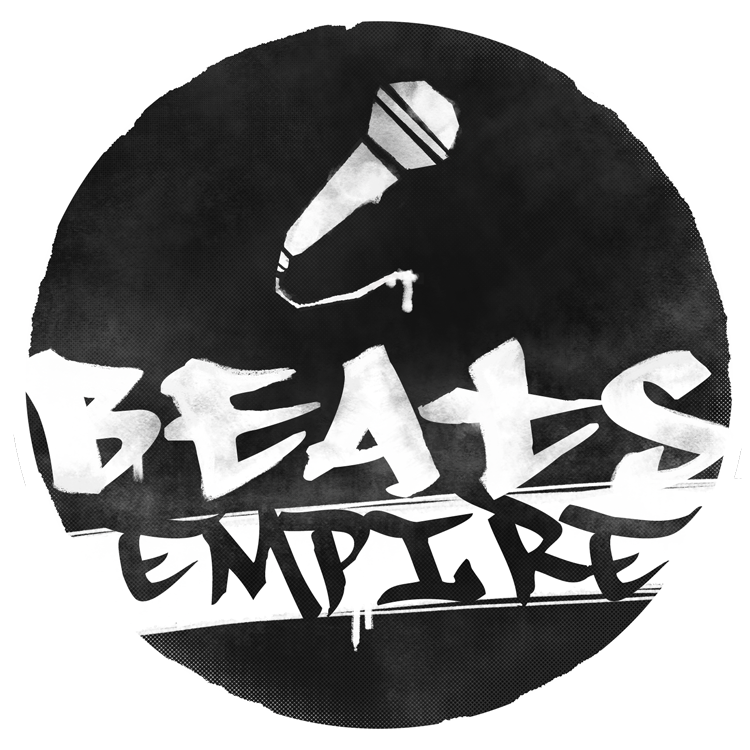- Introduce the game to your class and motivate its use.
- Let students play.
- Review some discussion terms, questions and scenarios to prompt your classroom discussion.
- Use the dashboard to assess learning.
The PFACS game engages students in playing the role of a music producer who must use data and computational thinking to promote their artist’s careers. “Data and Analysis” is one of five strands in the CS K-12 Framework — and it is a strand that readily bridges to mathematics and science content that you already teach. By giving students time to play the game and then having related classroom discussions, you can gain insight into your students’ progress in understanding these concepts.
This game does NOT require any coding skills nor knowledge of any programming language. It is about making choices using computational thinking concepts, not about writing code.
Beats Empire was designed for teachers:
- In middle schools classrooms
- That integrate data science, computational thinking and related concepts
- For about an hour of use spread over 2-3 class periods
- Where students have access to any computer, laptop or desktop, with Chrome or Firefox browser (not recommended for tablets or phones).
The key goals of Beats Empire are:
- Students explore how their data skills addresses a real world challenge
- Students gain career awareness of attractive data science jobs
- Teachers increase their understanding of what students know and can do
Beats Empire addresses the following standards:
How to Use Beats Empire In Your Classroom:
| If you have just a little bit of time: | – Introduce the game. – Let students play for 10–15 minutes. – Discuss 2–4 terms. |
| Recommended: | – Introduce the game – Enable students to play 4-6 times, each time for 15-20 minutes – Review the game dashboard – Discussion of terms and a couple scenarios of your choice – Assess learning with the Teacher Dashboard |
Introduce the game to your class and motivate its use.
In Digital Promise’s video “A Visit to Chartmetric“, leaders at a real start-up company explain why musical artists and their producers use data dashboards—for example, to plan a tour that promotes the artist in regions where they have followers. The Chartmetrics team also explains what computational thinking with data looks like in the music industry, and why computers are needed to collect, store, analyze, and make inferences from data. The data comes from streaming services, Wikipedia, social media and other places where fans engage with artists.
Let students play.
Give students time to play. The first day should be 15 – 20 min but after that shorter 5 – 10 min rounds can be used.
Review some discussion terms, questions and scenarios to prompt your classroom discussion.
We’ve developed a resource list of discussion terms, questions, and scenarios that can help you prompt and guide discussions. Click here to see the resources.
Use the dashboard to assess learning.
To use the teacher dashboard contact playfulassesment@gmail.com to be connected to researchers at Teachers College, Columbia University. The dashboard can be used to:
- monitor if students are exploring all areas of the game, and if not, encourage and help them find new features, tools and challenges.
- gain a sense of what students have accomplished with data in the game, and then choose classroom discussions that will give you insights about their level of understanding.

We want your feedback!
Did you use the game in your classroom? Do you want to test new versions or teacher materials in your classroom? Let us know!
